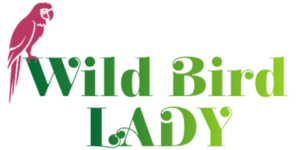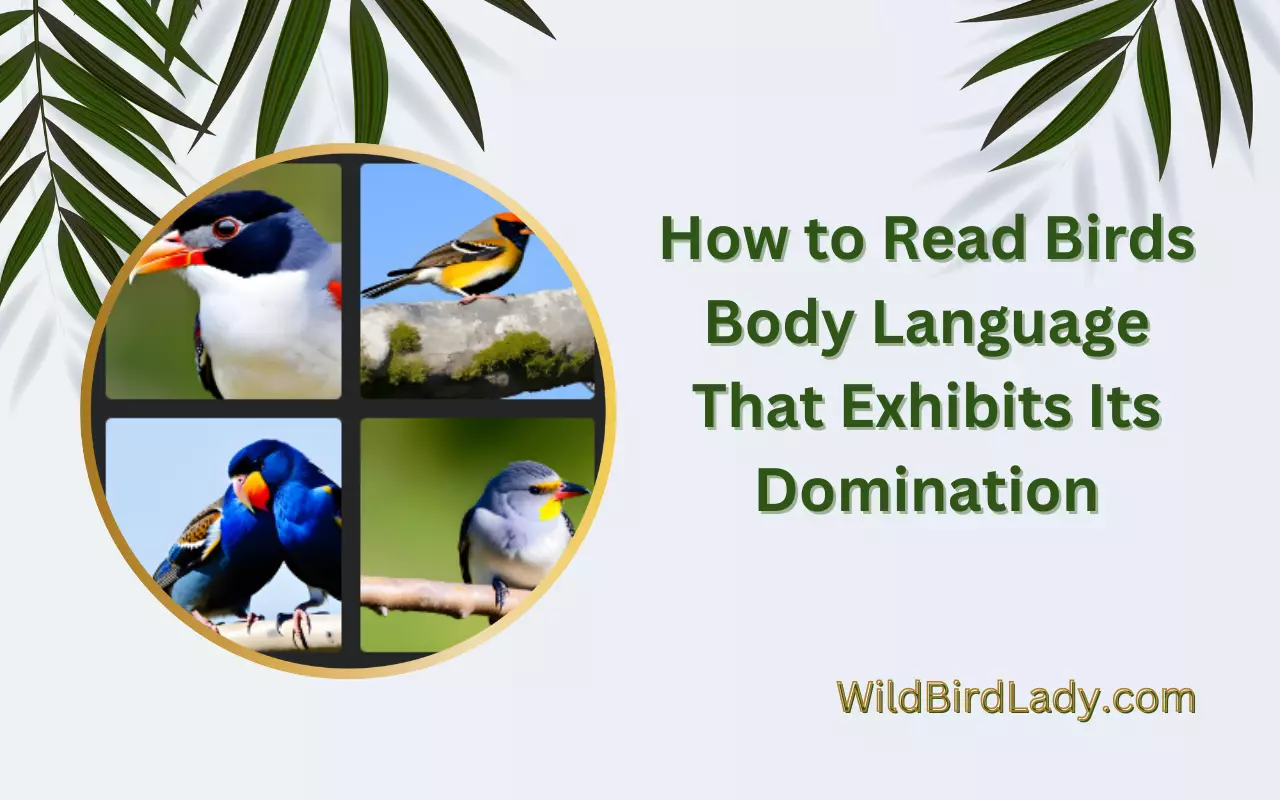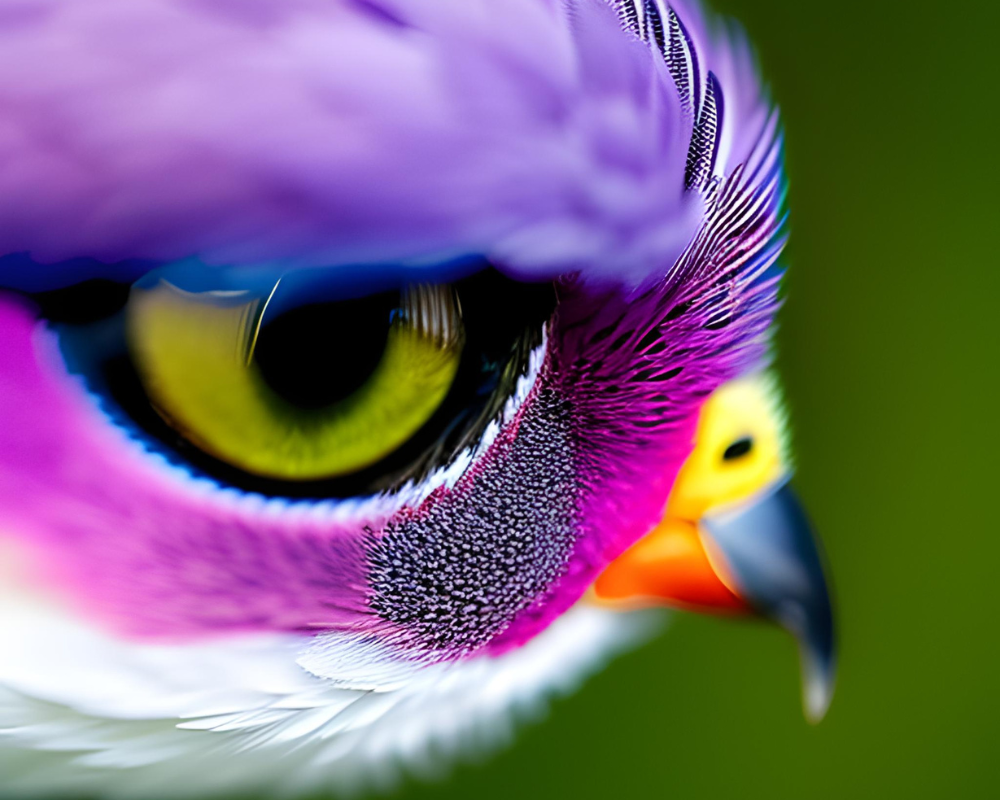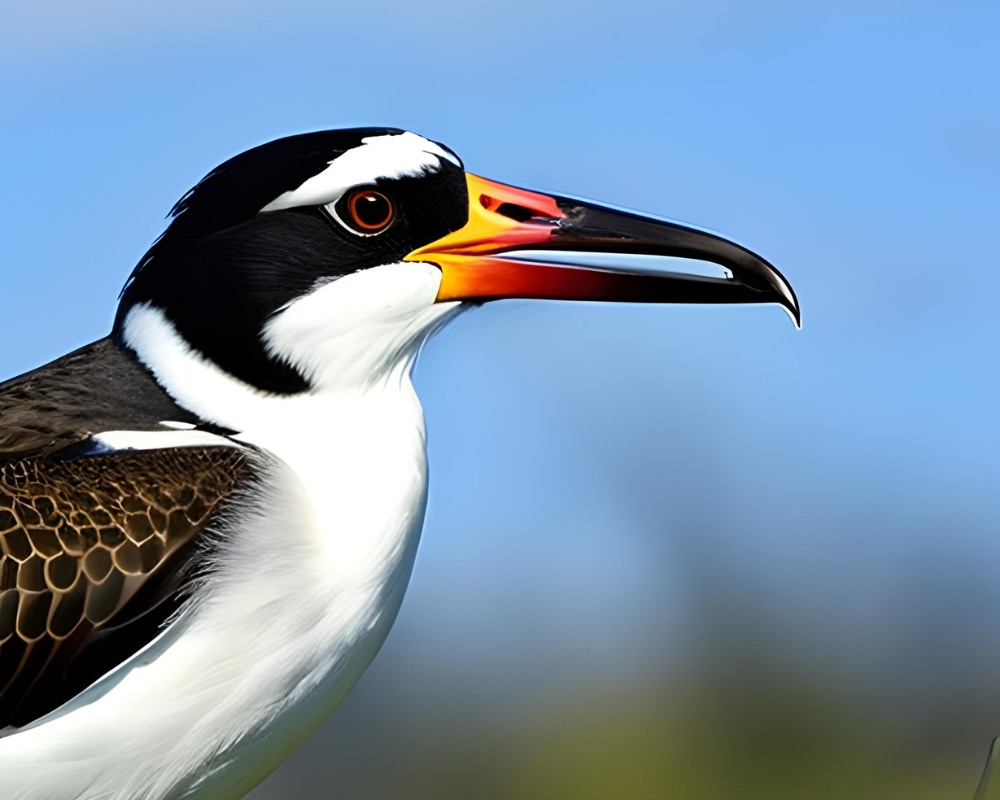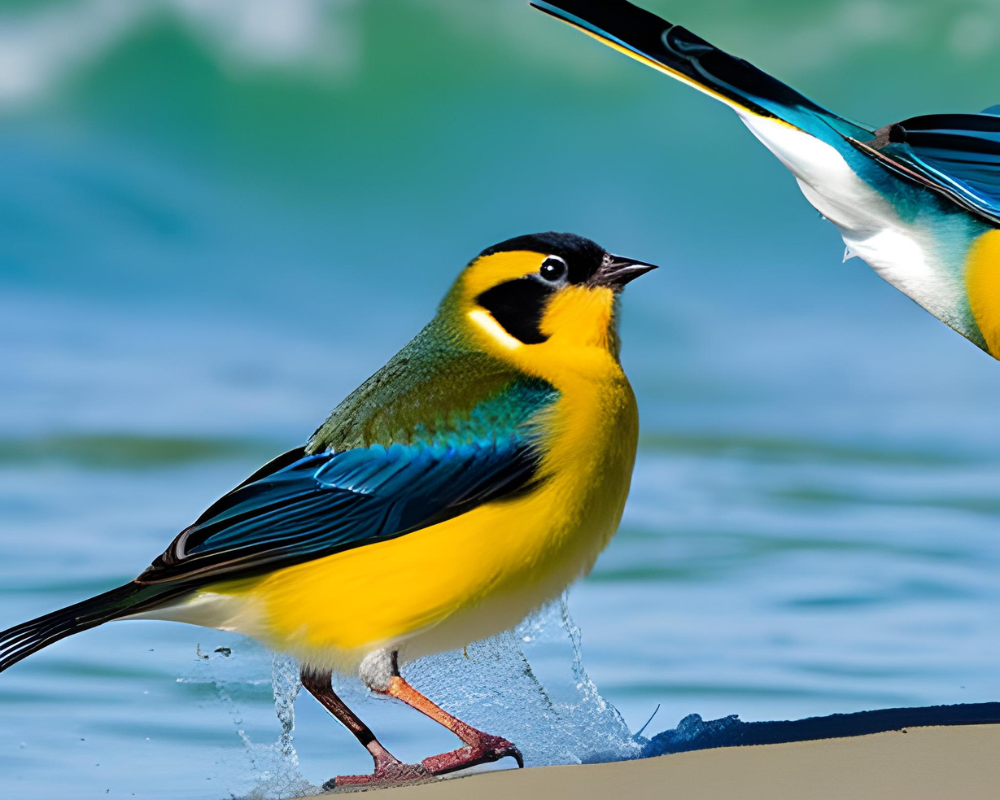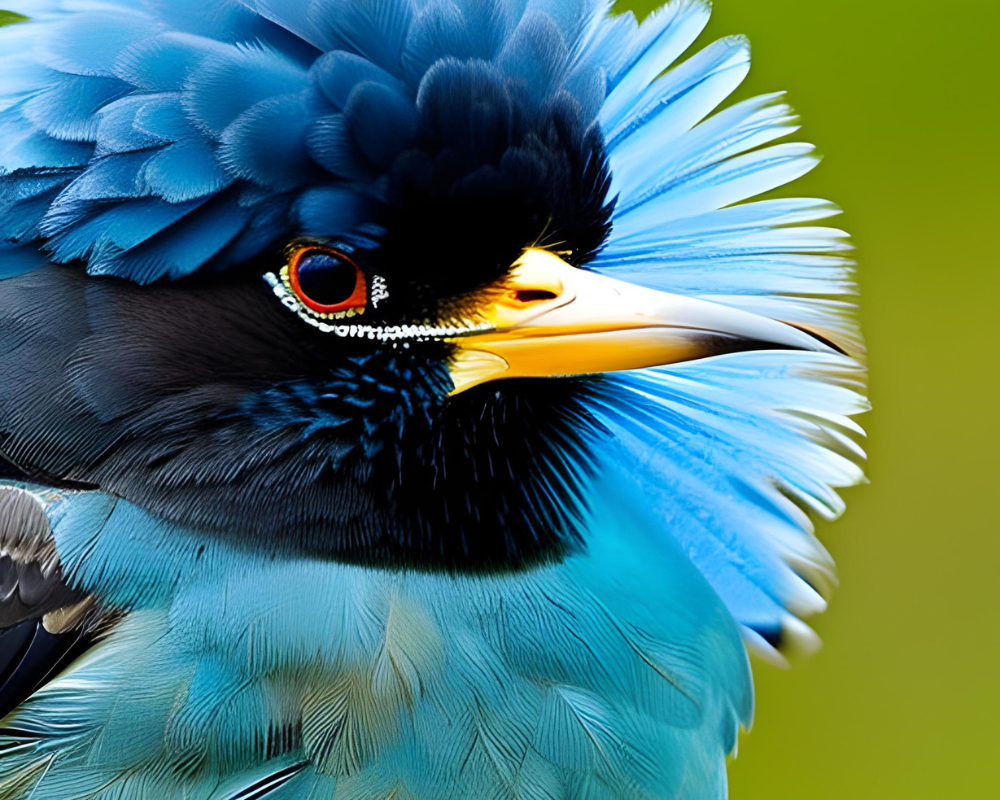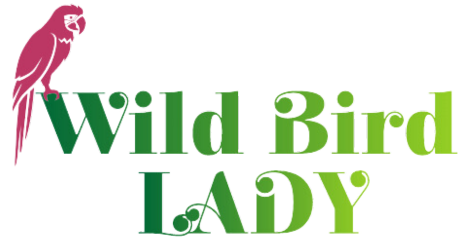Have you ever wondered what a fluffed-up finch or a tail-wagging parrot is really saying? Understanding how to read birds body language is like learning a secret code. It opens the door to deeper communication, stronger bonds, and better care—whether you’re a backyard birdwatcher, a pet bird owner, or a professional avian enthusiast.
In this comprehensive guide, we’ll decode the most common bird body signals, explain what they mean, and help you build a more meaningful connection with our feathered friends.
Why Bird Body Language Matters
Birds don’t wag their tails like dogs or purr like cats, but they have an entire non-verbal communication system built into their feathers, eyes, and posture. Understanding bird body language allows you to:
- Build trust with pet or wild birds
- Prevent bites or stress-induced behaviors
- Detect illness early
- Improve training success
- Recognize emotions like joy, curiosity, or anxiety
🧠 Fun Fact: According to avian behaviorists, birds rely more on body language than vocalization to communicate subtle feelings like comfort or annoyance.
Basic Principles of Avian Communication
Birds use subtle cues to express themselves. Unlike humans, they don’t use facial expressions—instead, they communicate through:
- Feather positions
- Head tilts
- Eye movement
- Body posture
- Sounds (in combination with physical cues)
Most signals aren’t isolated—they’re contextual. For example, a bird fluffing its feathers could be feeling relaxed… or cold… or irritated. So, context is everything.
How to Observe Bird Body Language Effectively
Before you can read a bird’s body language, you must first observe without disturbing:
- Sit quietly and watch
- Use binoculars for wild birds
- Avoid direct eye contact, which may seem threatening
- Take notes or video if needed
- Pay attention to the environment (is it cold, noisy, etc.?)
Over time, you’ll start noticing patterns that will make interpreting much easier.
Common Bird Body Language and Their Meanings
Let’s break down the most common bird body signals you’re likely to see:
1. Head Movements
- Head Tilted to the Side: Curiosity or attentiveness
- Rapid Head Bobbing (common in parrots, pigeons): Excitement or desire for attention
- Nodding: In doves and pigeons, it may indicate comfort
- Stretching Neck Upward: Alertness or assessing surroundings
🔍 Tip: A tilted head often means the bird is observing you or listening closely.
2. Eye Pinning (Eye Flashing)
- Seen in parrots and some raptors
- Eyes rapidly dilate and contract
- Can indicate excitement, fear, or aggression—context is key
Examples:
- If combined with upright feathers and hissing → aggression
- If paired with vocalizations and playful hopping → excitement
3. Feather Positioning
- Fluffed Up Feathers
- Calm and relaxed (especially when perched quietly)
- Cold (trying to conserve body heat)
- Ill (if fluffed constantly and inactive)
- Sleek, Flattened Feathers
- Alert, tense, possibly fearful
- Erect Head or Crest Feathers (cockatoos, cardinals)
- Excitement, surprise, or alertness
4. Wing Gestures
- Wing Stretching
- Relaxation or preparing to fly
- Drooped Wings
- Overheating or illness
- One Wing Raised
- Could be preening or signaling playfulness (in pet parrots)
5. Tail Behavior
- Tail Wagging
- Excitement or post-preening satisfaction
- Tail Fanning
- Display behavior (seen in turkeys, peacocks, or even mockingbirds)
- Tail Bobbing Up and Down
- Could indicate respiratory distress or illness (especially if frequent and with open-mouth breathing)
6. Posture and Body Orientation
Contentment
Crouching Low, Beak Open, Wings Spread Slightly
Threat posture—back off!
Turning Back, Looking Over Shoulder
Relaxed; often seen in birds getting ready to nap
Stretching One Leg While Fluffing Feathers
Vocal Cues vs. Physical Cues
Birds often combine sounds with body language. For example:
| Vocal Cue | Body Language | Meaning |
|---|---|---|
| Chirping rapidly | Flitting from branch to branch | Excitement or social call |
| Hissing | Flattened feathers, open beak | Aggression or fear |
| Whistling | Eye pinning, pacing | Excitement or desire to interact |
| Silence + fluff | Perching quietly | Relaxed or sleepy |
Always consider both the physical and vocal cues together for a more accurate interpretation.
Tips for Better Interpretation
- Watch in Context – Is the bird stressed? Safe? Alone?
- Track Patterns – Learn your bird’s “normal” behavior first
- Be Patient – Birds don’t trust instantly
- Avoid Anthropomorphizing – Don’t assume they feel like humans
- Record Observations – Especially helpful for new pet bird owners or scientists
📒 “Once you learn to read bird body language, it’s like they start talking to you without saying a word.” – Rifat Ahmed, 13-year birdwatching veteran
Frequently Asked Questions
What are some common signs of dominance in birds?
Birds, much like humans, have their own unique body language that can reveal their dominant nature. Some telltale signs include puffing up their feathers, standing tall with an erect posture, and spreading their wings wide. These behaviors are often accompanied by a confident gaze, direct eye contact, and a loud, assertive vocalization. Additionally, dominant birds may engage in territorial displays, such as fiercely defending their perches or nests, and aggressively chasing away other birds from their territory.
How can I distinguish between dominant and submissive body language in birds?
Differentiating between dominant and submissive body language in birds requires careful observation and an understanding of their behavioral patterns. Submissive birds tend to exhibit more passive behaviors, such as crouching down or lowering their bodies, tucking their feathers tightly against their bodies, and avoiding direct eye contact. They may also emit soft, submissive vocalizations and avoid confrontations with dominant individuals. In contrast, dominant birds display more assertive and confident postures, making their presence known to others.
Are there any specific gestures or movements that indicate a bird’s dominance?
Absolutely! Birds communicate dominance through a variety of gestures and movements. One common behavior is called “mantling,” where a dominant bird spreads its wings partially, creating a larger physical presence and asserting its dominance over others. Additionally, dominant birds often engage in “head-bobbing,” a rapid up-and-down movement of the head, which visually displays their authority. They may also engage in exaggerated preening, meticulously grooming their feathers to emphasize their superior condition.
Is it possible for a bird to display mixed or ambiguous signals regarding dominance?
Like any living beings, birds can exhibit mixed or ambiguous signals regarding their dominance. Sometimes a bird’s behavior may appear dominant in one context or with certain individuals but submissive in others. This variability can be influenced by factors such as the bird’s mood, health, or specific circumstances. Individual differences among birds can also contribute to variations in their dominance displays. Therefore, it’s important to consider the overall context and multiple behavioral cues when interpreting a bird’s body language.
Final Thoughts
Learning how to read birds body language is more than a skill—it’s an invitation to understand birds on their terms. Whether you’re watching wild jays at your feeder or bonding with a cockatiel in your living room, being fluent in bird body language will elevate your experience and help the birds feel seen, safe, and respected.
Remember, every flick of the feather and tilt of the head tells a story. Now that you know how to listen, the bird world is yours to discover.
Read Also:
- Who Will Win the Battle: Hummingbird Vs Ruby-Throated?
- Atlantic Puffin Vs Horned Puffin: How to Tell the Difference
- The Real Mysteries Unveiled: How Lovebirds Make Love
Published on June 15, 2023 | Last Updated on June 27, 2025 by Rifat Ahmed
Latest Posts
Can Swans Fly? The Truth About These Graceful Giants in Flight
By Rifat Ahmed | Birdwatching Expert with 13+ Years of Experience If you’ve ever seen a swan gliding across a quiet lake, you might wonder: Can swans fly? Their sheer size and elegance on water...
Baby Parrot 101: What They Look Like, Eat, and How to Help Them Thrive
By Rifat Ahmed – Birdwatcher with 13+ Years of Experience There’s nothing quite like the moment you first meet a baby parrot. I remember the first time I saw one. It was a tiny, pink,...
